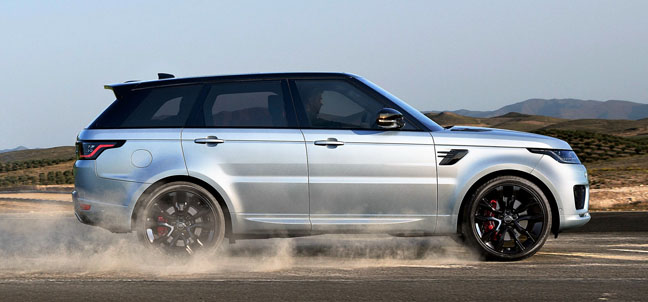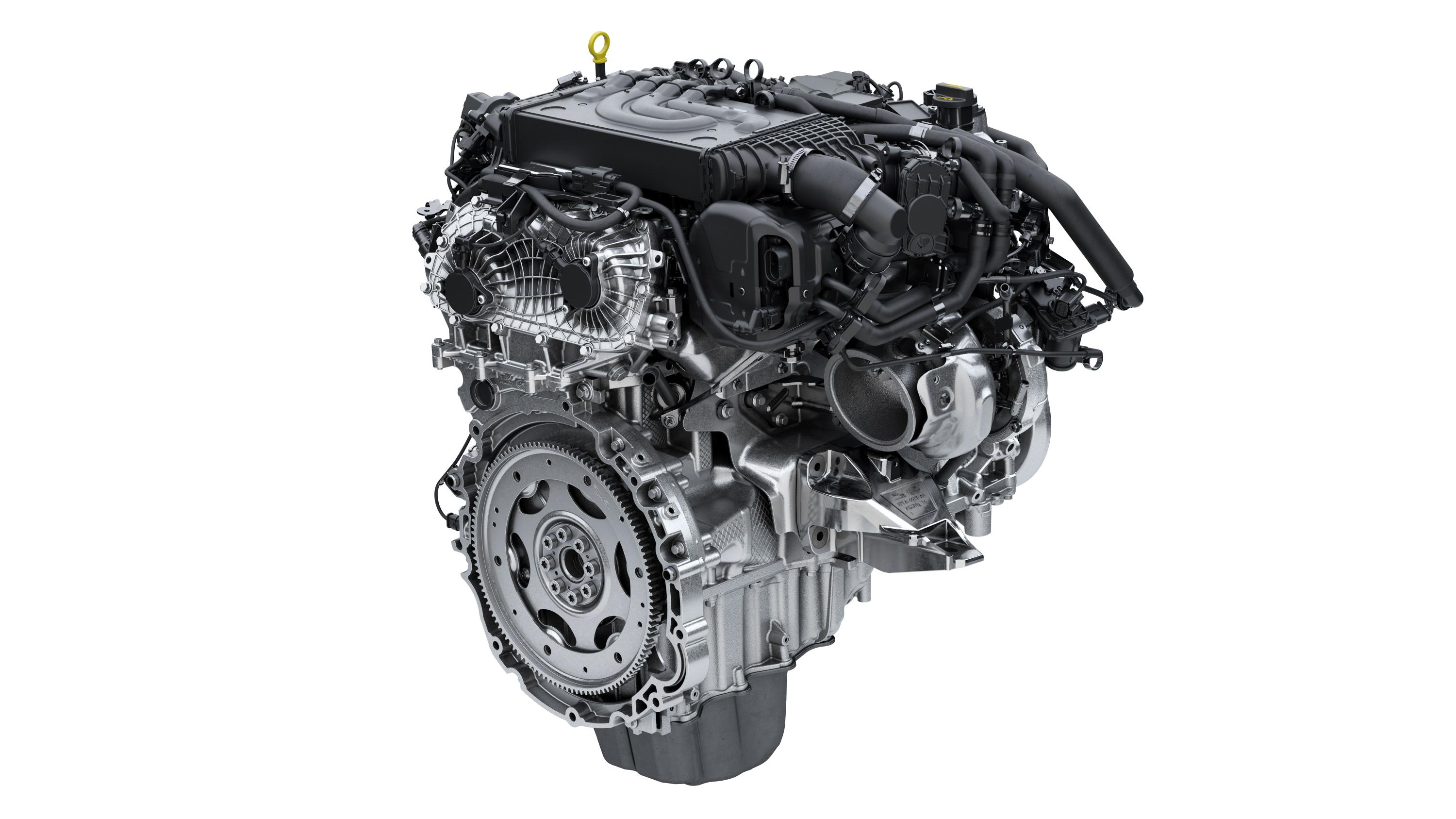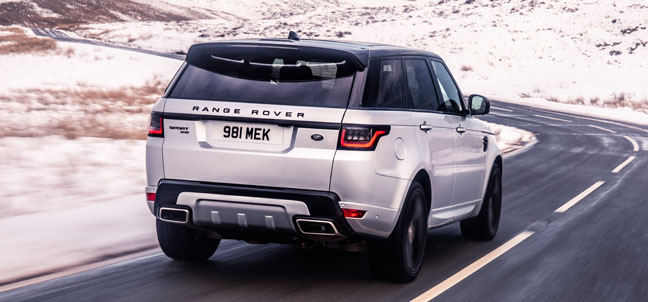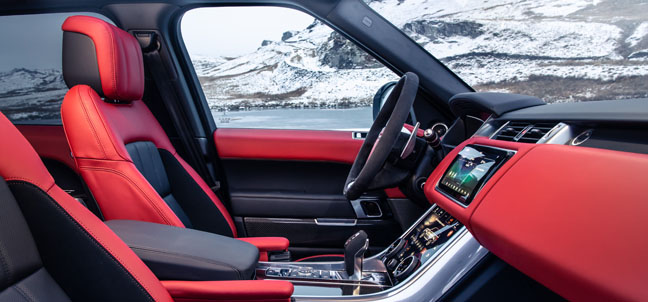It is not so long ago that Land Rover (and Jaguar, of course) were taken over by an Indian conglomerate headed up by Ratan Tata. Now retired, at 82 years of age, and somewhat chastened by JLR’s poor behaviour in recent times, he must feel moderately gladdened by confirmation that the company is going to live up to some of its unfulfilled promises…one of which was electrification.

Firstly, it is important not to confuse the car you see here, with the P400E model that features a 296bhp, 2.0-litre turbo-petrol engine hooked up to an electric motor. Instead, this version is powered by the company’s new straight-six engine that displaces 3.0-litres capacity. It is markedly different to the previous V6 unit, in that it is boosted by an electric supercharger, as well as a conventional turbo and 48V mild hybrid battery pack, which whisks its potency to a punchy 395bhp (or 400ps, hence the model designation), allied to a tree-stump pulling 405lbs ft of torque.

Hustling a 2.5-tonne full-size SUV is not exactly child’s play, a factor underscored by the P400’s 30.5mpg (WLTP figure), which is actually not bad for a petrol engine in these circumstances, driving all four wheels through an 8-speed automatic transmission, but it emits a sizable 213g/km CO2 for a hefty annual road tax bill that is not helped by the car’s list price of £81,250. You need to have access to plenty of disposable cash to run a Rangie. Yet, given its head and, believe me when I tell you it has tremendous capability, the P400 will clock the 0-60mph dash in just 5.9s, before running out of steam at 140mph.

It is disarmingly smooth to drive and feels relentless in the important mid-range of its power delivery, with near instant throttle responses and zero discernible gaps in its progress, even though it lacks the grittiness of a vee-engine and some vital character is thus missing. Mind you, peer inside the test example and you will be hard pushed to notice.

The car is impeccably well built, which aids its overall refinement but the optional red/black interior of this car is eye-wateringly blatant and verging on ‘Spanish bordello’! Three digital screens provide driver information, sat-nav/stereo settings and climate functions. It is a classy event, for sure, high-grade hide and Alcantara covering almost every interior panel. The cabin is a very comfortable place to reside, possessing bags of room and a cavernous boot, with plenty of space for four sets of golf clubs, accessed via the typical split-opening rear door (upper window, lower deck extension).
The most important aspect of this car is not so much its arguable street presence, or hefty price tag, but the fact that it is a precursor. This car features a lot of the technology that (belatedly) will be utilised on many future Jaguar and Land Rover models. Now that IS important!
